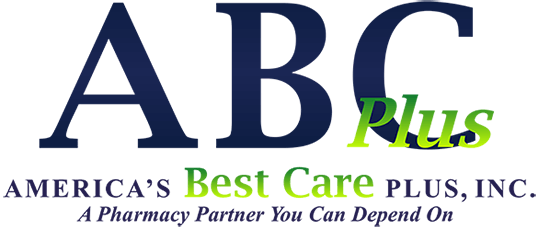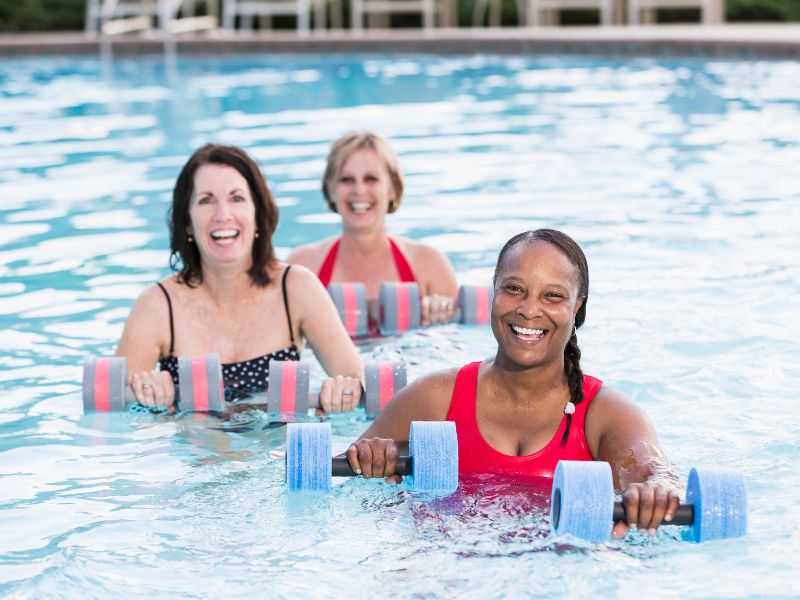May is National Fitness Month and a fantastic opportunity to talk about the power of exercise, especially for those managing chronic lung conditions like COPD or asthma. If you’re living with these conditions, you know exercising can feel intimidating. But choosing the right activities can improve lung function, boost cardiovascular health, and elevate your overall quality of life.
That’s why we’ve compiled this breath-of-fresh-air guide to exercises that won’t leave you gasping. Read on to discover our list of dynamic fitness routines that will support your respiratory system and strengthen your muscles for better health and happiness.
Why Exercise Matters for Lung Health
Regular physical activity strengthens respiratory muscles, improves circulation, and can actually increase your lung capacity over time. For those with chronic lung conditions, consistent exercise can lead to:
- Better ability to manage breathlessness
- Reduced anxiety and depression
- Improved energy levels
- Enhanced quality of life
The key is finding the right balance – pushing yourself enough to gain benefits without triggering symptoms. Even moderate physical activity can significantly reduce breathlessness and enhance your ability to perform daily tasks! Of course, always consult your healthcare provider before starting any new exercise routine.
8 Exercises That Won’t Take Your Breath Away
- Gentle Walking
There’s a reason walking is the go-to exercise: it’s easy, effective, and gentle on your lungs. Start with 10-15 minutes at a slow pace daily, and gradually increase your duration as you feel stronger. Remember to breathe steadily and deeply – you should be able to hold a normal conversation as you walk.
- Chair Yoga
Gentle yoga stretches can enhance flexibility and lung capacity, and this modified yoga practice allows you to stretch and strengthen while seated. Try seated poses like twists, forward bends, and arm stretches while focusing on controlled, steady breathing to open your chest and improve posture.
- Water Aerobics or Swimming
Water workouts are fantastic because they’re easy on joints and provide gentle resistance. Try walking in chest-high water, slowly swim short distances or join a low-impact water aerobics class at your local gym. Bonus: a humid pool environment can also ease trouble breathing!
- Stationary Cycling
Pedaling gently on a stationary bike is a safe cardio option because it’s low-impact and lets you control your exertion level. Start with short intervals (5-10 minutes) of pedaling at a comfortable speed with minimal resistance and gradually lengthen your sessions as your lung capacity improves.
- Tai Chi
This ancient practice combines slow, deliberate movements with controlled breathing – perfect for improving lung function and reducing stress. Beginners can easily find classes or online tutorials designed specifically for those with lung conditions.
- Resistance Band Training
Using light resistance bands for upper body strengthening helps build the muscles that assist with breathing. Simple exercises like band pulls and seated bicep curls can be performed comfortably at home. As you begin, focus on proper technique rather than repetitions. Gradually work towards achieving 2-3 sets of 10 reps each, with breaks as needed.
- Breathing Exercises
Pursed-lip breathing and diaphragmatic breathing aren’t just exercises – they’re essential skills that strengthen your respiratory muscles. To practice: Sit comfortably, place one hand on your belly, and breathe in slowly through your nose, feeling your stomach expand. Exhale slowly through pursed lips. Do this for 3-5 minutes each day.
Essential Do’s and Don’ts
Do:
- Warm up gently before exercising.
- Keep inhalers or medications close by.
- Stay hydrated and take breaks as needed.
- Listen to your body and stop immediately if symptoms worsen.
- Speak with your healthcare team before beginning a new exercise routine.
Don’t:
- Push beyond your comfort level.
- Exercise outdoors in extreme temperatures or high pollen counts.
- Ignore dizziness, chest pain, or severe shortness of breath—seek help if these occur.
Listen to Your Lungs
The best exercise program is one you’ll actually do consistently. Start slow, use your prescribed medications as directed, and remember that some days will be better than others. Track your progress with a simple journal or app – you might be surprised how quickly your endurance improves!
At America’s Best Care Plus, we’re committed to supporting your health journey beyond just delivering your respiratory supplies. We believe that with the right approach, fitness can be accessible to everyone – one breath at a time.

